Reflections on Completing an Album of Original Liturgical Music
As I release a new album of Jewish liturgical music, Psalms for the 2020’s, I am reflecting on the broader landscape it fits into. In the 21st century, we have seen an abundance of new music, particularly music that is crafted for the context of communal singing. Examples include Joey Weisenberg and other composers that are part of the Rising Song Institute, Nava Tehila, Let My People Sing and many more creating independently. People have organized spreadsheets and directories to track all of the melodies out there for different prayers. The history of Jewish liturgical settings goes back hundreds of years, so the concept of composing new music for ancient liturgy is not a new phenomenon — from the Italian Renaissance composer Salomone Rossi to Debbie Friedman, and plenty in between.
Perhaps the way we share music digitally today has given us greater access to the volume of Jewish music that’s out there, but even recently, the pace of new music releases has seemed to accelerate. We could be in a golden age of music for Jewish communal prayer, with more options than ever.
With all of the melodies out there now, do we really need any more? Some will make a case for sticking with “traditional” melodies — the ones people grew up singing, the ones heard from synagogue to synagogue, the ones people will sing along with. I love many melodies that people label as “traditional,” but that doesn’t necessarily mean that these melodies should have a status as the only melody for a particular prayer. It is also worth considering that many of the melodies we think of as “traditional” have emerged in the last century. For example, the melody for Ve’shamru that many refer to as the “traditional” one was actually written by Moshe Rothblum in the 1950s, whereas the text for Ve’shamru is biblical, and is thus two-and-a-half millennia old! I am not saying that we should stop singing this melody, but what I am proposing is that we be more realistic about the potential feelings of nostalgia these melodies might invoke. Some have referred to these as “MiSinai melodies” (melodies that have the perception of being in the same status as the text of the Torah given at Mount Sinai), but with further exploration, we find a different origin story. The usage of particular melodies can also vary greatly by region and community.
Many of the melodies we think of as “traditional” have emerged in the last century.
This example speaks to the interplay between text and music in Jewish prayer. Much of our Jewish liturgy is from the biblical or rabbinic era, with some Medieval poems like Lekha Dodi interspersed. While there are some variations between Ashkenazi and Sefardi wording, on the whole, the text is generally fixed and has been for centuries. When movements like Reconstructionism change the traditional liturgy, they do not do so lightly.
One way to think of musical settings is as a response to the words of our liturgy. For thousands of years, Jewish texts have given rise to midrash — interpretations that seek to explore new meanings and creative understandings of traditional texts. In this way, music can be understood as another form of midrash. In rabbinic-era texts, the genre of midrash allows multiple interpretations of a text to exist side by side, often delineated by the phrase davar akher, meaning “another interpretation.” Each new melody for a text can be seen as a davar akher, another way of expressing a text and giving a musical voice to it.
I see this tradition as a call to embrace a multiplicity of melodic pathways. The musical choices in each text — the rhythm chosen for the words, the rise and fall of the melody, the emotions of the harmonies underneath it, the choice to repeat or highlight certain words — all influence how we experience the liturgy. I have had moments where a particular setting unlocked a new understanding of a text that I had sung many times before. It makes me think of a story from Mishnah Brachot, which also appears in the Passover Haggadah. Rabbi Elazar Ben Azariah says that he has been following a custom for 70 years but did not understand why he was doing it until he heard the explanation of Ben Zoma. New melodies can be like the Torah of Ben Zoma, allowing us to unlock a new meaning, even with the familiar.
I have had moments where a particular setting unlocked a new understanding of a text that I had sung many times before.
The power of new music is even specifically named in Psalms 96 and 98, part of the Shabbat liturgy. Both open with Shiru l’Adonai Shir Hadash. “Sing to the Divine, a new song!” In our efforts to sing out in gratitude to the Divine, we actually need new songs to appropriately express ourselves. There is a particular energy associated with freshness and novelty, and these texts from the book of Psalms chart a future where we will continually need new songs and voices to maintain this spirit.
A related sentiment can be found in a Hasidic teaching of Rebbe Nachman. He explains that each shepherd would sing their own niggun (wordless song) while they were out in the field. This was because the shepherds would listen to the blades of grass surrounding them to derive their nigun, and since each shepherd was among different areas of grass, each came up with their individual song. I see this as a metaphor for the singular experience that each person carries, and the powerful way that this can give rise to a song that uniquely emerges from the perspectives, influences and narrative of that person.
I settled on the album title Psalms for the 2020’s because I see this music as reflecting my own relationships to these ancient texts over this particular period. These texts give voice to the need for spiritual sustenance in challenging times — reminding us of the need for hoping, healing, questioning, celebrating, thanking, resting, breathing and more. Just as this music has allowed me to find a new resonance in these ancient lines, I humbly hope that others will also experience this, whether through listening or singing.
In our efforts to sing out in gratitude to the Divine, we actually need new songs to appropriately express ourselves.
While an album must ultimately exist in a final form, with a fixed version of the song preserved, these settings are meant to be explored and played with. This could be another meaning of Shir Hadash, a new song. Each time we sing a liturgical setting, can we find something new in it? My approach to each of these pieces developed as I sang them with different communities, with varying numbers of voices and instruments involved, on days when the world felt heavy and in times of palpable joy. Ultimately, these were all contexts of prayer, not performance, and a certain flexibility and spontaneity allowed this music to be in support of a prayerful environment. As I worked on these recordings, at times it felt paradoxical to only share a singular version of each song, and some of the arrangements reflect a desire to show different possible directions in which melodies could go.
Just as we might understand this music as my midrash on these texts, the musical interpretations that could happen from here are the commentary on my midrash. In this way, both the composing of new liturgical music and the further exploration of it in the context of prayer reflect a deeply Jewish practice. “Turn it, and turn it, for all is therein” (Pirkei Avot 5:22). Turn the words, turn the notes, and let’s all keep singing.
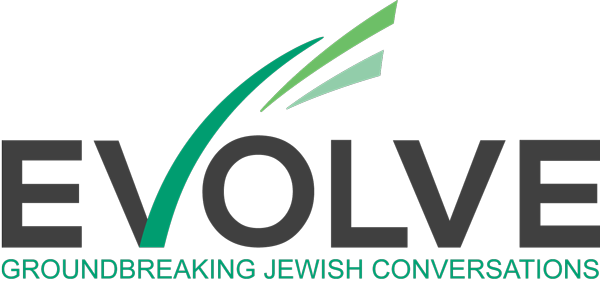
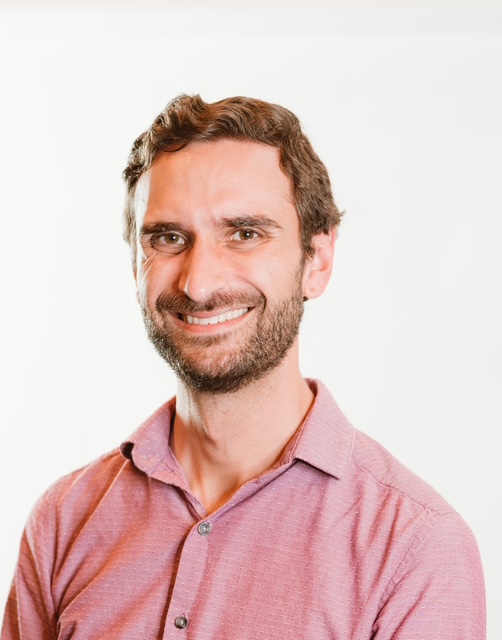


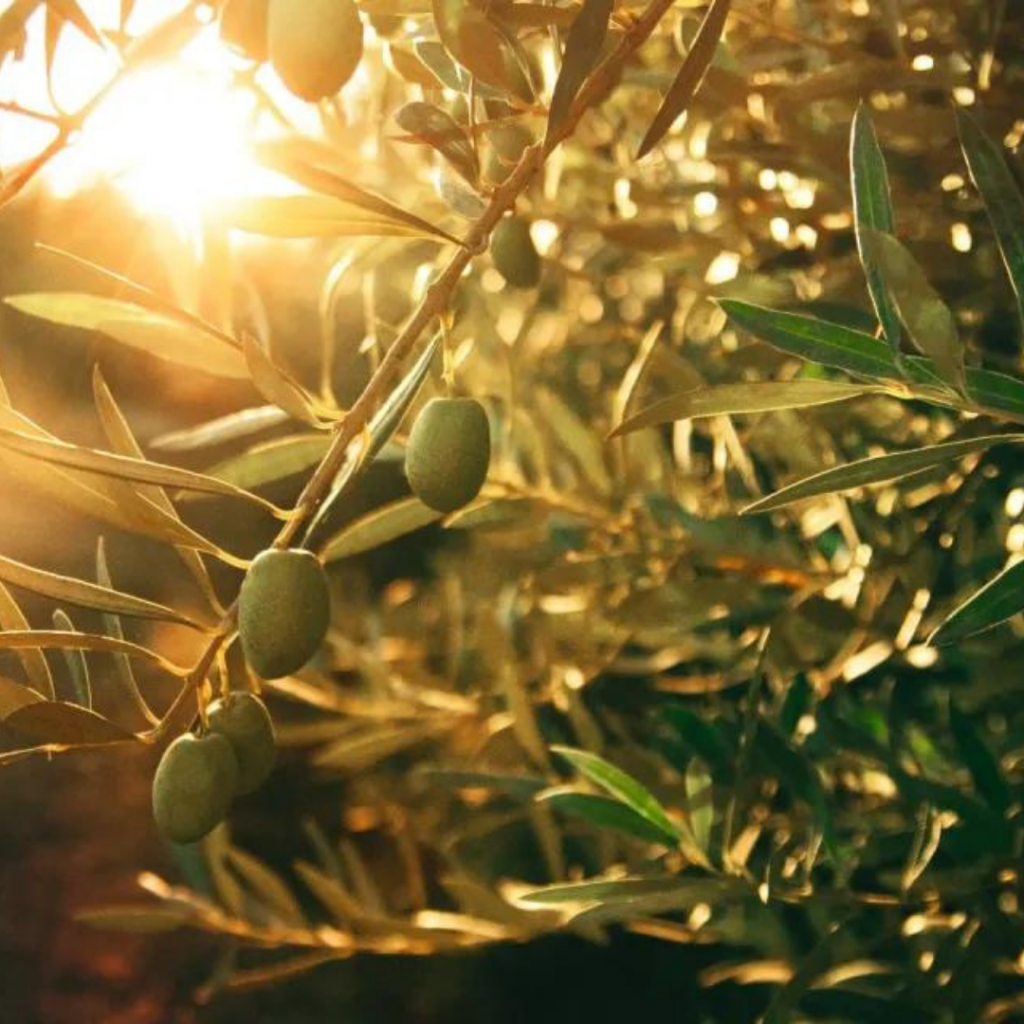

One Response
Amen